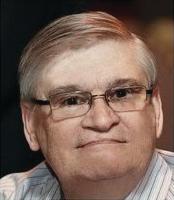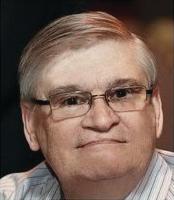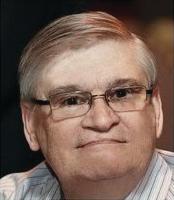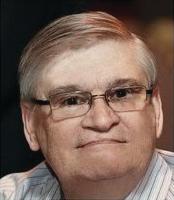There is plenty of chatter around employee engagement as a key business issue. It certainly is an important factor in leading others, but what is the reality of this latest management initiative?
In most of the research and literature, there is an underlying assumption that employees are not engaged or connected to the purpose of the organization. Perhaps, but I object to the implication that the problem lies only with employees.
In my 40 years of working with organizations, I found many “engaged” employees frustrated at the apparent lack of effective leadership in their organizations.
Most of them joined to make a difference and engage in important work. They may be attracted to the industry or to the organization, but too many employees leave with a feeling of helplessness, and an inability to express their highest aspirations and deepest values through their work.
Engagement, in my view, rests solidly on the executive team’s shoulders. Here are some suggestions on heightening the connection employees have to the strategic framework of the organization.
• Guide people to see for themselves how the business works, what’s happening in the marketplace, what’s required to survive and thrive, and what is required of each individual. Listen and connect before “telling” or “rolling out” an initiative.
• Help people clearly see where the organization is headed and clarify their role in it. Without this kind of clarity, employees may assume there is no opportunity or future for them.
• Clarify what competencies are required in each person’s role. Help them determine the skills required for them to make a difference. Coach for improved performance and give plenty of sincere, specific praise for visible improvements.
• Let your passion for the business show. Engage in dialogue about performance improvement and strategic initiatives. Dialogue is a two-way conversation (No PowerPoint, Please). In small groups, allow employees to hear each other’s connection to your strategic framework and why they are excited about what they are doing together.
Ask questions such as, “What are the changes, challenges, and opportunities we face together?” Listen, listen, listen, and allow each person to hear others’ commitments. Don’t ask about an employee’s commitment—listen for it. You will hear it loud and clear.
• Put in place a structure that allows people to operate at their best. The most courageous executives we know regularly ask employees what management does that interferes with people doing their job. They listen to their feedback without defending, denying, or justifying. It’s tough, but once employees realize you’re serious, they will love it!
We suggested to one client that they have hats made with the word “Messenger” printed on it. When employees had feedback to give, good or bad, they wore the hat to remind managers not to shoot the messenger. There was lots of laughter in the first week, but it made a strong point and the hats were put away after serving their purpose.
• Let people make choices as to how (not why) things are done. One of our retail clients said, “Our goal is happy customers—that’s not negotiable, but we are always open to new ways on how we can achieve this critical objective.”
• Most people want to be part of something important and want to be recognized for their achievements. Passionate, engaged employees tend to connect with, and create, passionate customers.
That same retailer told us, “If you get bad service, don’t blame the employee, blame management.” Tough words to hear, but using this as a guiding principle will strengthen our leadership competencies and ensure that people are engaged in meaningful, rewarding work.
Dave Mather is a Performance Improvement Specialist at Dale Carnegie Business Group in Toronto.
His columns can be read at ept.ms/dave-mather
Find Dave on LinkedIn.




